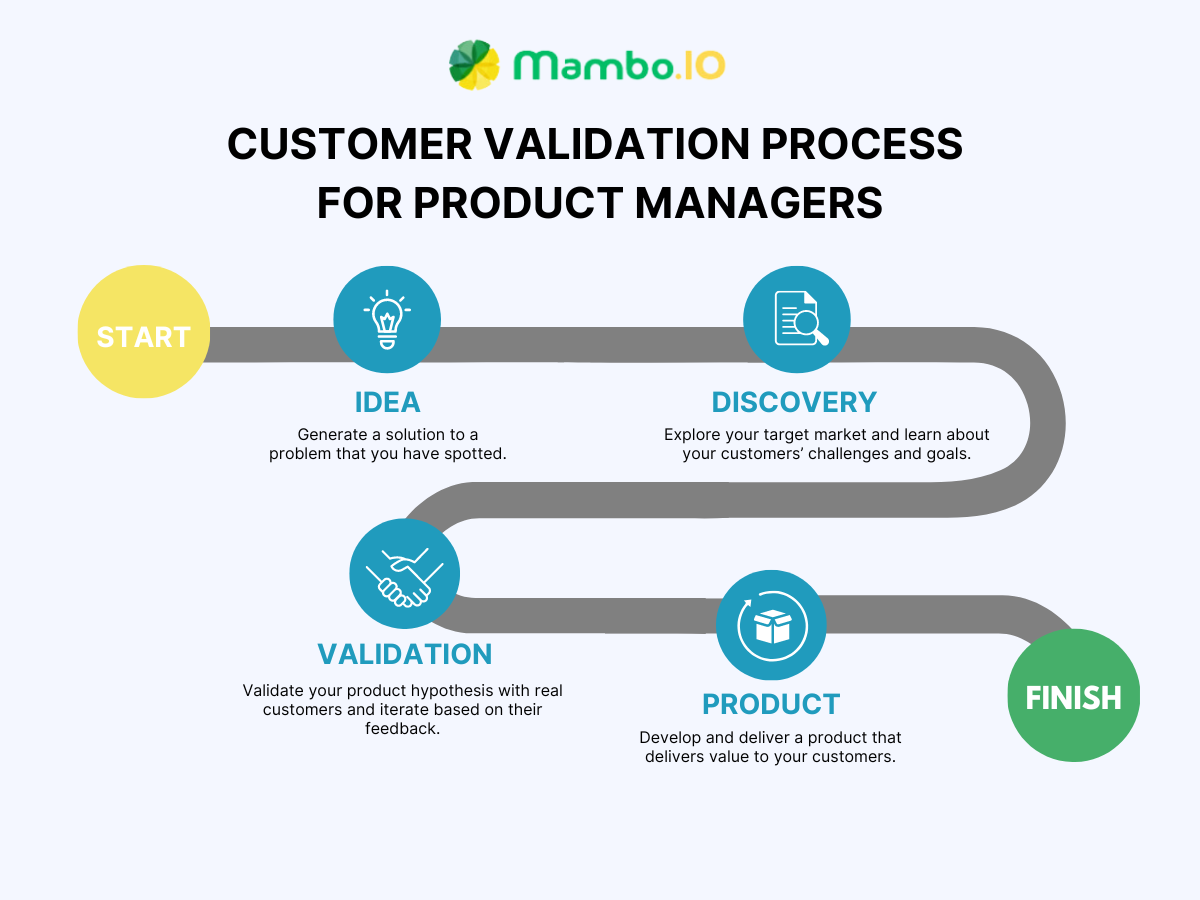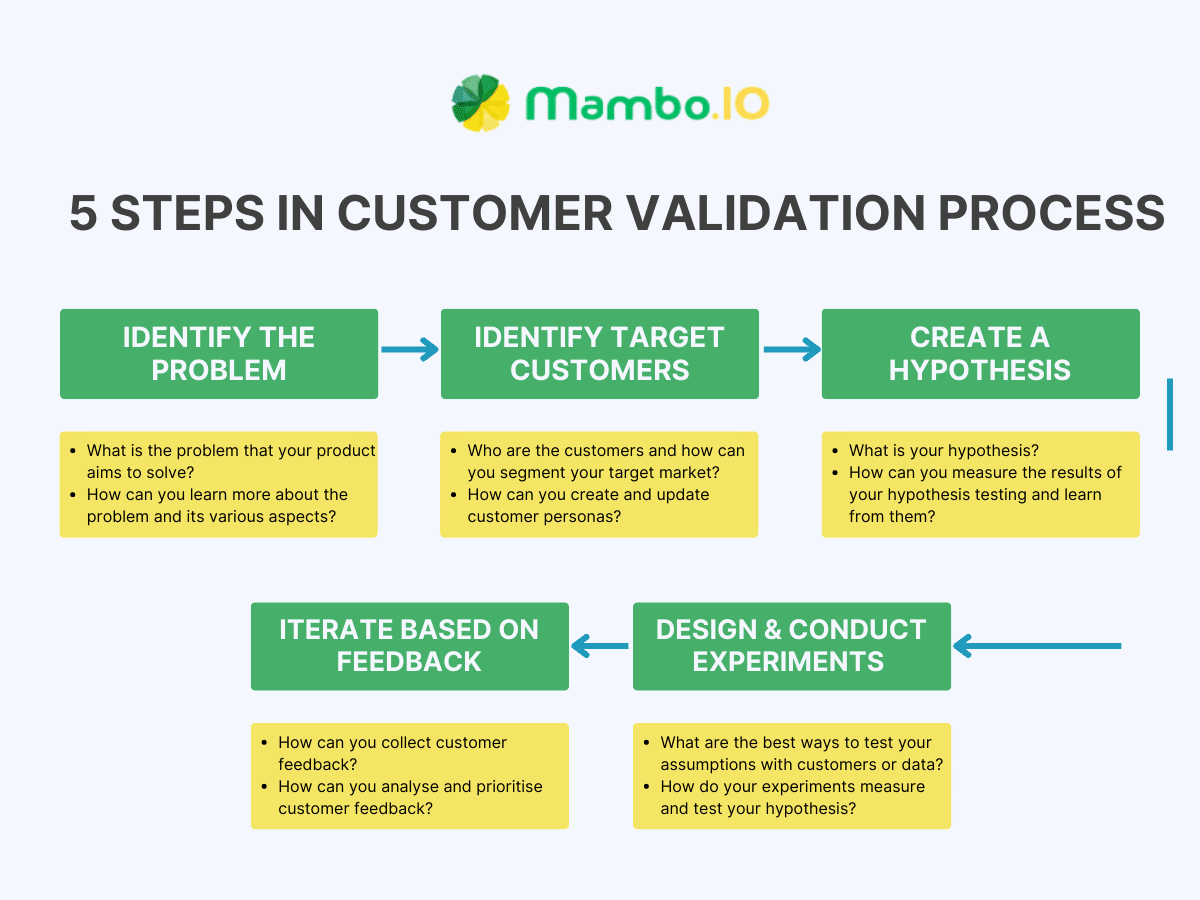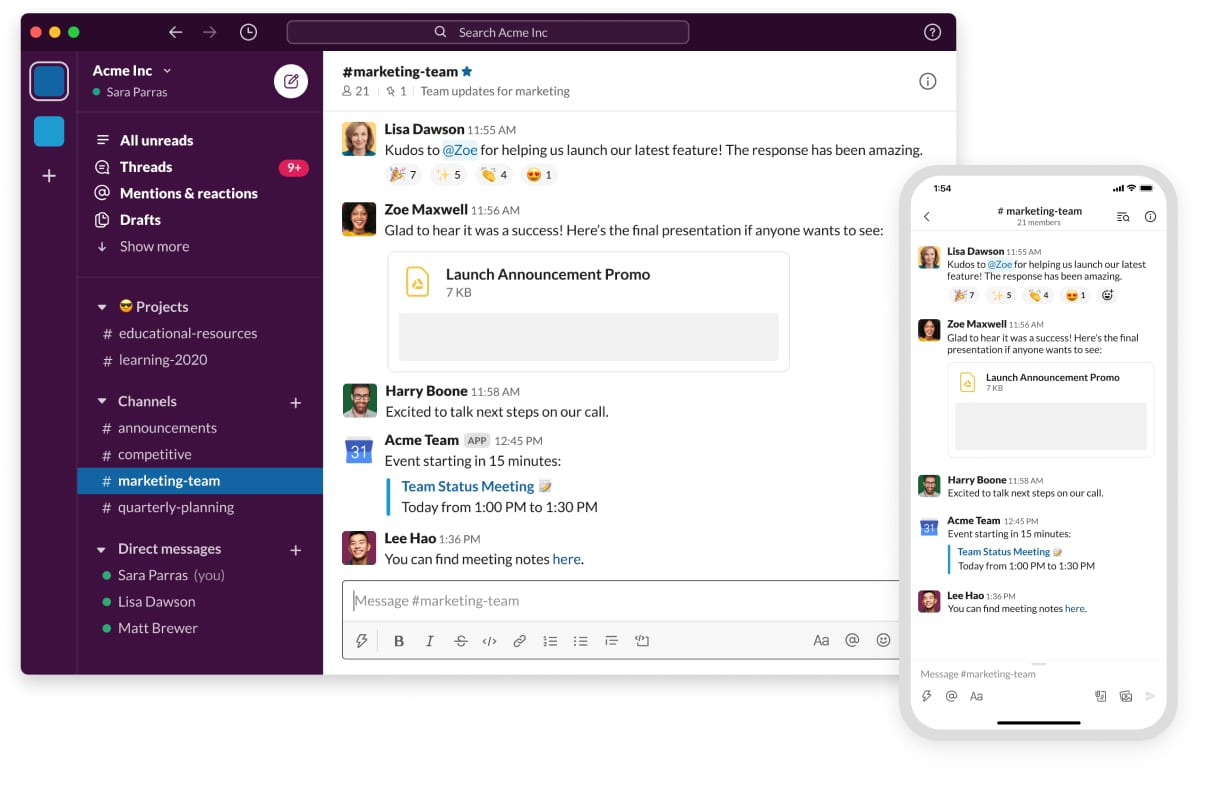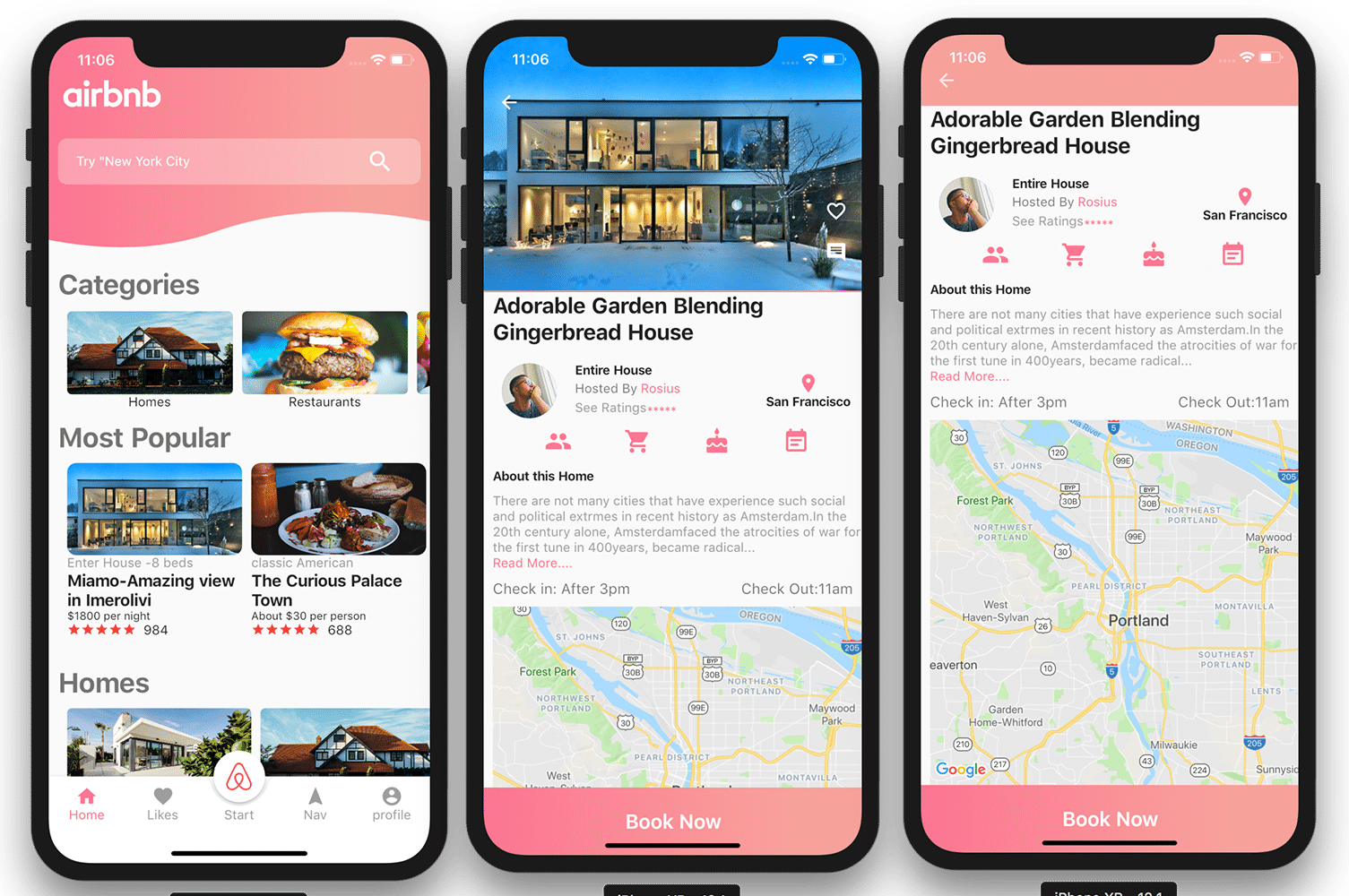How to Master Customer Validation Process To Develop Your Ideal Product?
Customer validation involves gathering feedback, insights, and data from potential customers. A successful product management strategy must include customer validation. What is it? Why is it necessary for the product development process?
The customer validation process aims to refine your product ideas, ensuring that they align with the target customer’s needs.
This article will break down the client validation process into simple, achievable phases. You will learn the best practices for obtaining valuable insights from your target audience.
Additionally, we will help you distinguish between customer discovery and validation, clarifying their significance to product development.
Table of Contents
- What is customer validation?
- Why is customer validation important?
- How to conduct customer validation?
- Common mistakes businesses make during customer validation
- What is customer validation vs. customer discovery?
- What is the goal of customer validation?
- Best practices for customer validation
- Conclusion
- Machine Learning In Finance: 12 Essential Applications
- How To Create Interactive Compliance Training For Bank Employees
- How Fintech Apps Are Using Gamification To Increase User Engagement
- Top Gamification Companies for Employee & Customer Engagement

What is customer validation?
Customer validation is part of the customer development model. Steve Blank, a Silicon Valley entrepreneur, Steve Blank created the customer development business model. It is a four-step process to develop products that customers want.
The four steps of the customer development model are:
- Customer discovery
- Customer validation
- Customer creation
- Company building

The second step in the customer development model, customer validation, aims to support the assumptions made during the product’s initial conceptualisation.
You will now add facts to your idea and place the customers demands front and centre for a better solution. Ensuring this key step will give you confidence that your product will succeed in the market.
Why is customer validation important?
Customer validation allows product managers to act on customer willingness and preferences. It is a crucial step that enables them to develop products that customers want. Making informed decisions paves the way for greater customer satisfaction and loyalty.
This is an evidence-based approach grounded in customer feedback. It encourages careful decision-making based on hard facts rather than assumptions. Doing this step significantly reduces risk by testing product ideas and finding the right product-market fit.
The process of customer validation also improves your product’s unique value proposition and increases customer satisfaction by solving their problems while providing excellent value.
How to conduct customer validation?

You can do customer validation in different ways. This depends on your product goals, resources, and budget. But there are some common steps that you can follow to do the customer validation process well:
#1. Identify the problem
The first step in customer validation is finding the problem your product solves. This can be done by learning more about the problem your solution solves, doing research, and talking to people affected by it.
Repeat this process to explore the issue you are addressing in its scope, depth, and breadth. You may discover new things or details about the problem.
#2. Identify target customers
Once you’ve identified the problem, find your target customers who have the problem and will pay for your product.
You can use methods like:
-
Market research
Find out how big, suitable, and different your market is. Use old or new sources to get data and information.
-
Competitor analysis
Find out about your competitors and how they work. Use tools like SWOT analysis, SEMrush, Google Trends, etc.
-
Customer segmentation
This splits your potential customers into groups based on standard features. Change your product and marketing strategy for the best version for each group.
-
Customer persona
Make a character out of your best customer. You should base it on actual data and insights. Understand your customer’s goals, needs, and behaviours.
In the customer discovery phase, you must create ‘customer personas’ that reflect your potential customer’s preferences. But it would be best to repeat this in the customer validation phase. You might find new or different potential customers based on new data or feedback.
#3. Create a hypothesis
It would be best to have a hypothesis to test your product with customers. A belief says what you think will happen and why.
For example, if your product helps people learn a new language, your hypothesis could be:
- A free trial will make customers sign up and use my product often.
- Customers will pay £9.99 a month and keep using my product.
Your hypothesis should be SMART (specific, measurable, achievable, realistic, and time-bound). It should also come from your customer discovery phase.
You can use tools like lean canvas or value proposition canvas to make your hypothesis. They help you define your product idea and test it with customers.
#4. Design and conduct experiments
You should experiment to determine how many people and customers will respond to your product.
For example, if your product teaches a new language, you could:
- Give a free trial and count the sign-ups and usage.
- Charge £9.99 a month and measure the payments and usage.
You can use methods like:
- A/B testing: Compare different product versions and see which customers prefer.
- Usability testing: Watch customers use your product and see how easy or hard it is.
- Customer feedback: Ask customers their thoughts, wants, expectations, or suggestions.
#5. Iterate based on feedback
Getting customer feedback is the best way to test and improve your product. People will often have comments and suggestions. It will be best to lean on them and make the necessary tweaks.
Examples are: how many customers sign up, use, pay, or cancel or what they rate and comment on.
It also helps you to know your product’s good and bad points and the chances and risks in the new market. You can work with your collected feedback using spreadsheets, online tools, etc.
Common mistakes businesses make during customer validation
Customer validation helps you build better products but can be tricky and complex. Avoid these common mistakes:
#1. Ignoring customer feedback
Build products based on your assumptions and biases. Listen to customer feedback that challenges you. Make customer discovery before customer validation, and be open-minded about it.
It’s easy to get wrapped up in your ideas and forget about your consumers’ demands. Inquire about their problems, desires, and what they want in a product or service.
#2. Testing with the wrong customers
Refrain from testing your product with similar customers. Make sure you test your product with people from different demographics, levels of experience, and varying needs, who match your target market and persona.
Furthermore, you must strive to avoid biases. You must get feedback from people other than your friends and family. This will help you maintain that your product meets the needs of a diverse set of users.
#3. Testing too late or too little
Test your product early and often with a simple version. Test it with enough customers for enough time to find and fix problems and improve your product.
#4. Testing without a clear goal or plan
Only test your product with purpose. Plan your tests before taking them. Set each test’s goals, hypotheses, methods, and success criteria. Design your tests to reduce bias and increase validity.
Businesses can avoid these mistakes to do the customer validation process better and faster. This helps them build products that solve real problems for real customers.
What is customer validation vs. customer discovery?

Source: Gust de Backer
Customer validation and the customer discovery process are two steps to making products that customers love. These are methods that are based on learning from customers. They have different goals, procedures, and outcomes.
Customer discovery is qualitative, inductive, and iterative, focused on the problem space. It aims to discover who the customers are, their problems, and what solutions they need. This is when you turn your vision into guesses about your business model.
You make experiments to test your guesses. You should talk to customers and find out their problems and needs. This is very important in the customer development process and sales processes. It involves researching the market, conducting interviews, and analysing customer feedback.
Customer validation is quantitative and deductive, oriented towards the solution space, and systematic. It aims to prove that the business or product has a repeatable and scalable business model.
It requires delivering the volume of customers necessary to build a profitable company. This is when you check that your business can grow and make money.
Customer validation is based on data, not hypotheses. It involves testing it with customers and measuring their responses.
Validating or invalidating the assumptions behind the business model is crucial. This helps avoid wasting time and money on building products nobody wants.
What is the goal of customer validation?
The customer validation process helps you test and improve your product with real customers. It has two main goals:
#1. Achieve product-market fit
Your product should solve a problem for a reachable market. Customers want and need to validate and pay for your solution or product. It is vital to product success and growth.
#2. Deliver value to customers
This means your product positioning benefits your customers. Customers are happy and loyal to your company’s positioning of your product. It is vital for customer satisfaction and retention.
These are the main goals of customer validation. Actively testing your product and getting timely feedback are surefire ways to achieve these goals. Ticking these off will make your product even better.
Best practices for customer validation
Customer validation can help you build better products and achieve product success. But it can also be challenging and complex. Here are some of the best practices for customer validation:
#1. Start early and validate often
Test your product early and often with customers. This helps you avoid building something customers don’t want or need.
Example: Hootsuite used the customer validation process to improve its product. It lets users manage social media accounts from one dashboard.

Source: B&T Magazine
The founder made a tool, shared it for feedback, and used surveys, interviews, and analytics to understand and meet his customers’ needs.
#2. Be open to feedback and pivot if necessary
Listen to the feedback that suggests changes. Change your product direction if the input matches the result.
Example: Slack is a platform for team communication. The founder made Slack out of a failed video game communication tool. He asked other teams and companies to try Slack and give feedback. He improved Slack’s features and user experience based on feedback.

Source: Slack
#3. Use diverse validation techniques
Test your product with different methods. A/B testing, feedback, etc., are some of these. You can find and test customers through email, social media, online forums, etc.
Example: Microsoft is a technology company that uses customer validation to test its products. It provides software, hardware, cloud services, and devices. It used different methods and channels to measure and recruit customer responses.

Source: Buildpholio
#4. Build a community of customers for ongoing feedback
Have customers who rate your product, as they will give you feedback and support. Talk to your customers. Reward your customers for their input with various incentives.
Example: Airbnb lets people rent or find spaces in different locations. The founders rented their place and made a website for others to do the same.

Source: Appedus
They met with hosts and guests and used their feedback to improve their products and service. They also add professional photography, reviews, ratings, and verification.
These are some of the best practices for customer validation. It can help you build better products and achieve your product goals.
Conclusion
Customer validation lets you test and improve your product with real customers. You can measure their responses and feedback to see if your product fits the market and delivers value. You can also use customer validation feedback to refine your price, business model, and value proposition.
To build better products, follow the customer validation process and best product development practices. You will achieve your product goals and grow your business. You will also boost your sales materials and product management skills and knowledge.
Do you want to learn more about customer validation and product management? Then Mambo.io is absolutely for you! Mambo is an online platform that offers gamification solutions for various industries.
Take this chance to improve your customer validation and product management with Mambo. You can join our community for training and resources here.
You can also request a free demo. Simply contact us.
Download your free
“Gamification Guide”
Get your PDF now and start transforming your approach to digital engagement!
Latest Posts
Machine Learning In Finance: 12 Essential Applications
The impact of machine learning on finance is significant. Thanks to this technology, financial institutions are now equipped to make efficient decisions. Through the analysis of data sets, machine learning […]
How To Create Interactive Compliance Training For Bank Employees
Banking compliance training isn’t just another task. It’s the stage where everything else performs. Banks must navigate a myriad of regulations and laws. After all, this is a trust-driven, high-stakes […]
How Fintech Apps Are Using Gamification To Increase User Engagement
Discover how gamification in fintech is revolutionizing financial engagement, making banking fun & boosting user loyalty.





